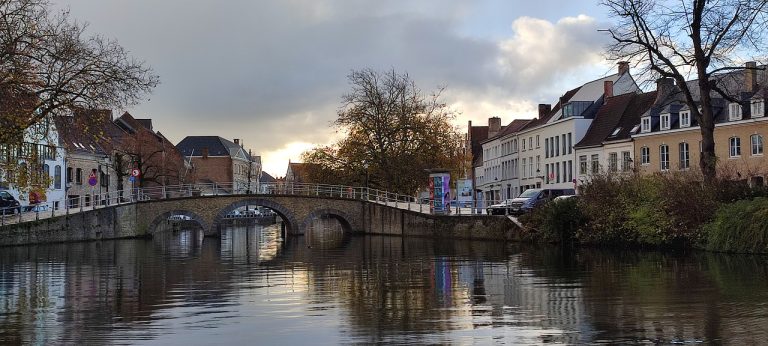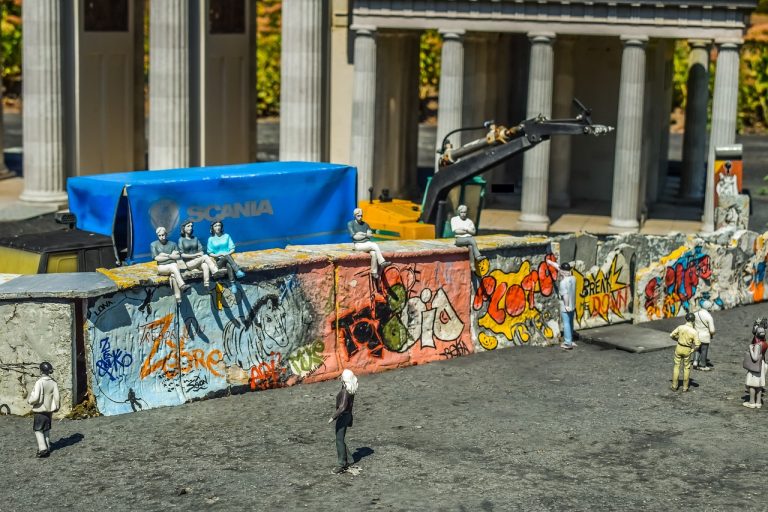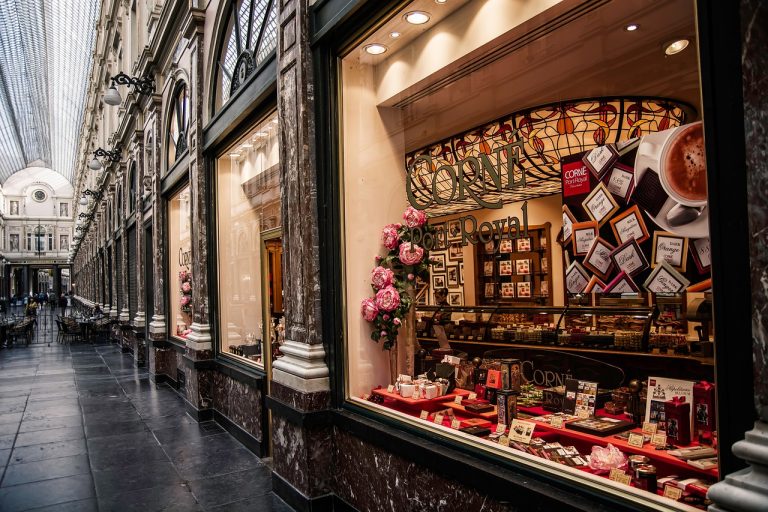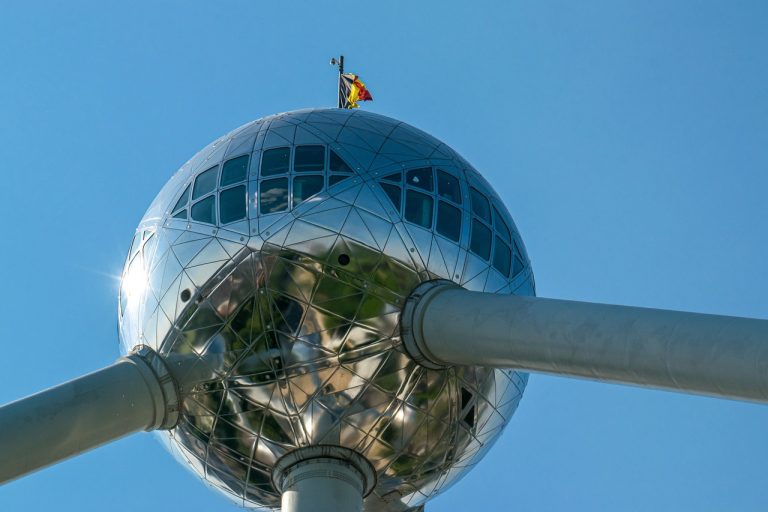Brussels Belgium Video
Public Transportation in Brussels Belgium: A Complete Guide
Public transportation in Brussels, Belgium, offers an efficient and convenient way to navigate the city’s diverse neighborhoods and attractions. With an extensive network of buses, trams, and trains, residents and visitors can easily explore the city and its surroundings. This comprehensive guide will provide you with all the necessary information to make the most of public transportation in Brussels.
Brussels Belgium Image 1: 
1. Brussels Airport
The journey to Brussels begins at Brussels Airport (BRU), located approximately 12 kilometers northeast of the city center. The airport is well-connected to the city by various transportation options. Upon arrival, you can choose between the train, bus, or taxi to reach your destination.
- Train: The Brussels Airport Express train, also known as the “Airport City Express,” provides a direct connection between the airport and the city center. The train departs from the airport’s railway station, located below the terminal building, and takes approximately 20 minutes to reach Brussels Central Station.
- Bus: Several bus lines operate between the airport and different parts of Brussels. The STIB/MIVB lines 12 and 21 offer convenient connections to the city center, while De Lijn buses provide access to other destinations in Belgium.
- Taxi: Taxis are readily available outside the airport terminal. They offer a convenient and comfortable option for travelers who prefer a direct transfer to their destination.
2. Brussels Metro
The Brussels Metro is a reliable and efficient way to travel within the city. It consists of six lines, identified by numbers and colors, that serve different areas of Brussels.
- Line 1: The orange line connects the eastern and western parts of the city, passing through the city center and major attractions such as the Grand Place and the Atomium.
- Line 2: The blue line runs from Simonis to Elisabeth, serving areas in the northwest and southwest of Brussels.
- Line 3: The green line connects the northern and southern parts of the city, passing through the European Quarter and the Brussels-South railway station.
- Line 4: The yellow line connects the northeast and southwest of Brussels, serving areas like the European Quarter and the Brussels-North railway station.
- Line 5: The blue line runs from Erasmus to Herrmann-Debroux, serving areas in the southwest and southeast of Brussels.
- Line 6: The purple line connects Roi Baudouin and Simonis, serving areas in the northwest and southwest of Brussels.
Brussels Belgium Image 2: 
3. Brussels Trams
The Brussels Tram network complements the metro system and provides additional coverage throughout the city. Trams operate along various routes, connecting different neighborhoods and attractions.
- Lines 3, 4, 7, 25: These tram lines serve the city center, passing through popular areas such as Avenue Louise, Place Royale, and the European Quarter.
- Lines 51, 82, 92: These tram lines extend beyond the city center, offering connections to suburban areas and neighboring municipalities.
- Lines 93, 94: These tram lines are known as the “Pre-Metro” lines, as they operate underground in certain sections, similar to the metro.
4. Brussels Buses
Brussels has an extensive bus network that covers areas not served by the metro or trams. Buses operate along various routes, providing connections to residential neighborhoods, commercial districts, and tourist attractions.
- STIB/MIVB Buses: The STIB/MIVB buses are the primary bus service provider in Brussels. They operate throughout the city, including the city center and suburban areas.
- De Lijn Buses: De Lijn buses complement the STIB/MIVB network, offering connections to destinations outside Brussels, such as neighboring towns and cities.
Brussels Belgium Image 3: 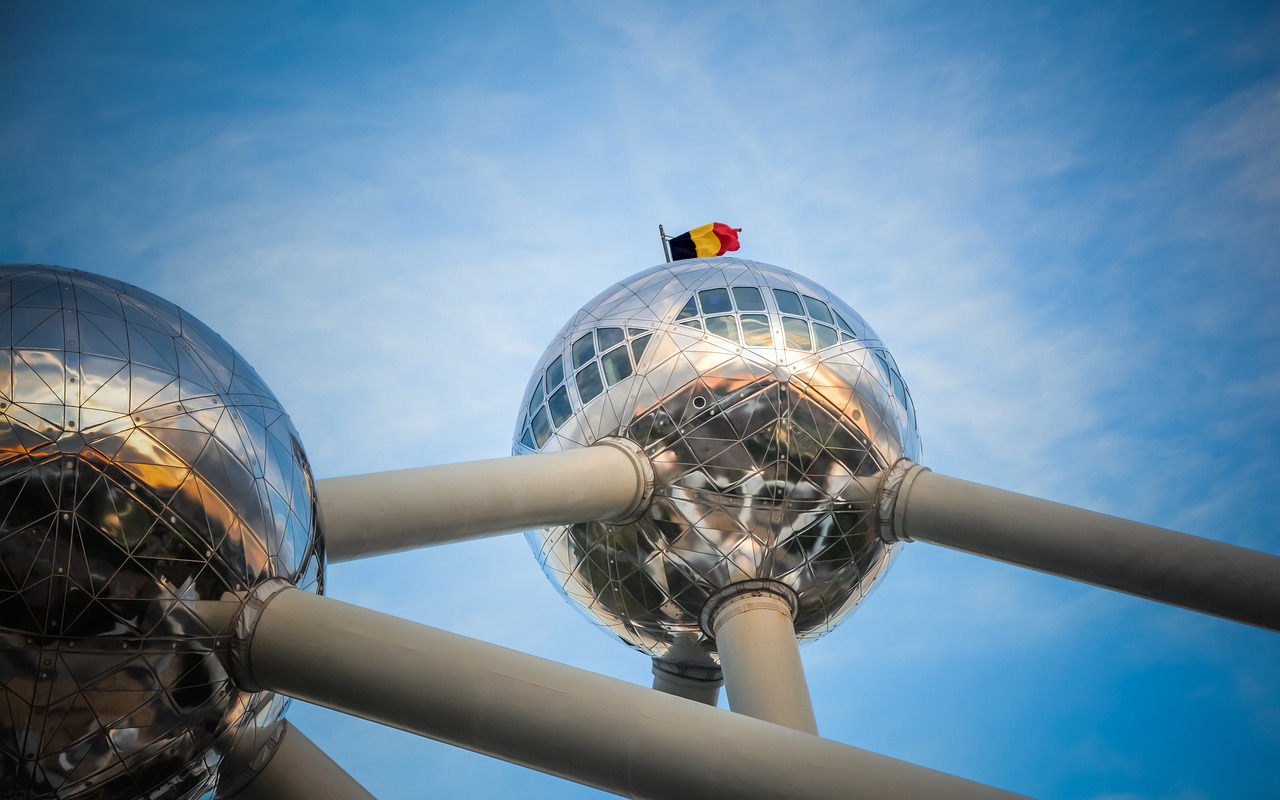
5. Brussels Card
For visitors planning to explore Brussels extensively, the Brussels Card offers a convenient and cost-effective solution. The Brussels Card provides free access to numerous museums, attractions, and public transportation within the city. It is available for different durations, allowing visitors to choose the option that best suits their needs.
- Benefits: The Brussels Card grants free entry to over 40 museums, discounts at various attractions, and unlimited use of public transportation.
- Where to Purchase: The Brussels Card can be purchased online, at tourist information centers, and at participating museums and attractions.
- Validity: The card is valid for 24, 48, or 72 hours from the moment of first use.
6. Ticketing and Fares
To use public transportation in Brussels, you need a valid ticket or card. The STIB/MIVB operates a unified ticketing system that covers the metro, trams, and buses.
- Single Journey Ticket: This ticket allows for a single journey on any mode of transportation within Brussels.
- 10-Journey Card: The 10-journey card offers a discounted rate for multiple trips and is ideal for occasional travelers.
- MOBIB Card: The MOBIB Card is a rechargeable smart card that can be used for multiple journeys. It offers convenience and flexibility for regular commuters.
- Passes and Subscriptions: STIB/MIVB offers various passes and subscriptions for frequent travelers, providing unlimited access to public transportation within specific periods.
7. Accessibility
The public transportation system in Brussels is designed to be accessible for individuals with disabilities or reduced mobility. The metro, trams, and buses are equipped with features such as ramps, elevators, and designated spaces for wheelchair users.
- Accessible Stations: Most metro and tram stations in Brussels are accessible, with elevators or ramps for easy entry and exit.
- Low-Floor Buses: The majority of buses in Brussels are low-floor, allowing for easy boarding and alighting.
- Assistance: STIB/MIVB provides assistance services for passengers with disabilities or reduced mobility. Passengers can request assistance in advance or at the station.
8. Safety and Security
Public transportation in Brussels is generally safe and secure. However, it’s always important to remain vigilant and take necessary precautions while traveling.
- Keep Valuables Secure: Ensure your belongings are secure and be mindful of pickpockets, especially in crowded areas or during peak hours.
- Emergency Situations: In case of emergencies or suspicious activities, report them to the authorities or contact the emergency services.
- Traveling at Night: While public transportation operates at night, it’s advisable to take precautions and use well-lit and busy routes.
9. Useful Apps
Several mobile apps can enhance your experience with public transportation in Brussels. These apps provide real-time information, routes, and other useful features.
- STIB/MIVB App: The official app of STIB/MIVB provides real-time schedules, route planning, and service updates for the metro, trams, and buses.
- Google Maps: Google Maps offers comprehensive navigation and public transportation information, including schedules and estimated travel times.
- Moovit: Moovit is a popular transit app that provides real-time information, route planning, and step-by-step instructions for public transportation.
10. Conclusion
Public transportation in Brussels is a convenient and efficient way to explore the city and its surroundings. With a well-connected network of metro, trams, and buses, getting around Brussels is easy and accessible. Whether you’re a resident or a visitor, make the most of the public transportation system to discover all that Brussels has to offer.
References
– Visit Brussels: visit.brussels
– STIB/MIVB: stib-mivb.be
– De Lijn: delijn.be
– Brussels Airport: brusselsairport.be


